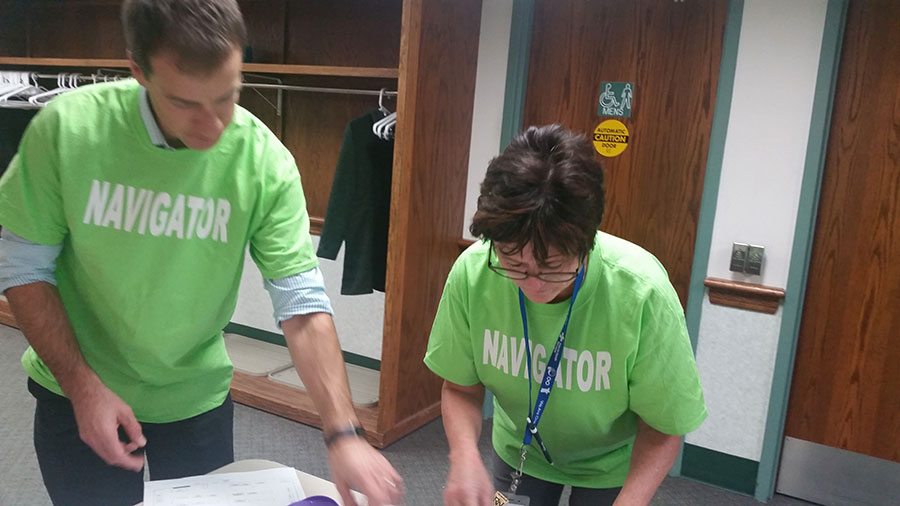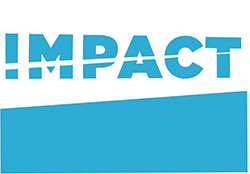This is the fourth in a series of brief papers designed to share lessons learned from a five-year community-based primary healthcare innovation project. In this paper, we will focus on lessons learned about one common strategy to enhance access to services in a complex system: the use of system navigators.
Innovative Models Promoting Access-to-Care Transformation (IMPACT) was a five-year (2013-2018), CIHR-funded participatory research project to enhance access to primary healthcare (PHC) for vulnerable populations. Local Innovation Partnerships (LIPs) were developed in communities where access issues were identified. Set in three Australian states (New South Wales, South Australia and Victoria) and three Canadian provinces (Alberta, Ontario and Québec), each LIP was created to (1) identify vulnerabilities and access issues faced by local communities and (2) design and implement an innovative intervention to enhance access to care. To learn more about IMPACT visit www.impactresearchprogram.com
Introduction
The Alberta project team identified the region of north Lethbridge where people are underserved by, and struggle to connect with, primary healthcare services. Working closely with stakeholders, members of the Alberta LIP identified engagement with, and approachability of, PHC services as key access issues that should be addressed by an intervention. The team designed and implemented a series of pop-up health and community services events that brought together PHC service providers to different locations in North Lethbridge. Although improving “access” to services is necessary to enhance primary healthcare, our experiences have confirmed that improving the ability to reach services is not enough.
CAN NAVIGATORS HELP US IMPROVE ACCESS?
Assigning the role of “navigator” is a response to the call to improve access to an increasingly complex Canadian healthcare system. To be fair, it is easy to see the need for these wayfinding specialists in a system that can be bewildering, even for health care professionals. Unfortunately, it has also become common to see system complexity as a given, and navigation as something service providers don’t have time to deal with. It has become appealing to think of addressing complexity and connections within the system as someone else’s responsibility—the navigator’s.
What we did:

Our initial planning for the pop-ups had us examining the flow of the event, and prompted discussion about how we could ensure that those attending felt welcomed, heard, and connected to a service that met their needs as effectively as possible. These discussions led us to the development of a pop-up navigator role—with associated responsibilities that included meeting people at the door, welcoming them warmly, ascertaining their needs, reviewing a list of available services together, and taking them to their desired service provider. This seemed to work well for providers, who were left to wait at their assigned tables for people to be connected with them. It was chaotic and busy for the navigators, who often had too many people to provide with navigation support at the same time, and introduced delays for some attendees in getting to where they wanted to go.
What is missing from understandings of access in much of the literature, including Levesque et al., is an understanding of “to care” as a verb, as an action that results from the patient and provider connecting with each other. The act of caring involves relationships, perceptions of need, and interest in all aspects of life across the social determinants of health. These kinds of socio-ecological considerations are sometimes missing from primary healthcare and may limit our ability to be accessible and available enough to care.
After the second event, a community member made a pivotal observation. He shared that he found it a bit intimidating to arrive at the event, know exactly what he needed, select a service from a list of possibilities, and then enter a space where there were 25 health and social service providers sitting behind tables, waiting for him to make a choice. This observation caused us to revisit our principles and purpose, and reframe our approach to focus on relationships first. We reconfigured the event to be a welcoming space to have coffee and a snack. We also expected all providers to welcome people as they arrived and engage in general conversation with people about their life and health. Finally, through rehearsals, we prepared all providers with the knowledge of all the services in the room. We encouraged providers to offer a warm and informed personal hand-off to other service providers who had resources or knowledge that may be helpful to the individual.
What we learned
Table 1: Comparing consequences – navigator vs navigation
| Assigning navigation to a specific navigator role | Making navigation part of everyone’s role |
| Relieved the rest of the providers at the pop-up of the responsibility to reach out, and resulted in providers sitting behind their tables waiting to be approached by attendees | Helped providers focus on engagement, made people feel welcome, and met attendees ‘where they were at’ |
| Delegated explanation of services to the navigator | Encouraged service providers to understand the services offered by other providers at the pop-up |
| Created bottlenecks, delays, and another layer of logistical complexity | Created the opportunity for service providers to take the time to discuss and explore issues with attendees |
| Re-created the silos of main-stream healthcare but in an alternate setting, and was intimidating or overwhelming to attendees | Increased opportunities for attendees to connect with each other, and with other service providers--people often ended up accessing multiple different services to support their health |
| Prioritized delivering a service over creating a relationship. | Freed up the time of the former navigators to simplify and improve the overall flow of the pop-up. |
References Download all Papers
Citation
Spenceley S, Andres C, Mallard R, Donahue S, Barnes J, Lundy C, Scott C, Perrin S, on behalf of the IMPACT team. (2019). Launch & Learn Paper 4: Navigating is everybody’s role. Available from https://policywise.com/services/evaluation/launch-learn/
For More Information
Cathie Scott, PolicyWise for Children & Families cscott@policywise.ca



This work is licensed under a Creative Commons Attribution-NonCommercial-NoDerivatives 4.0 International License